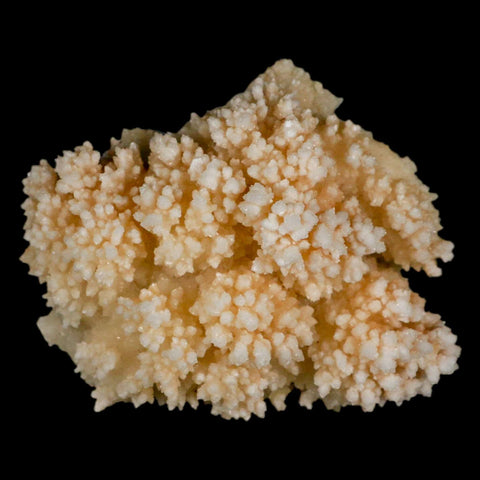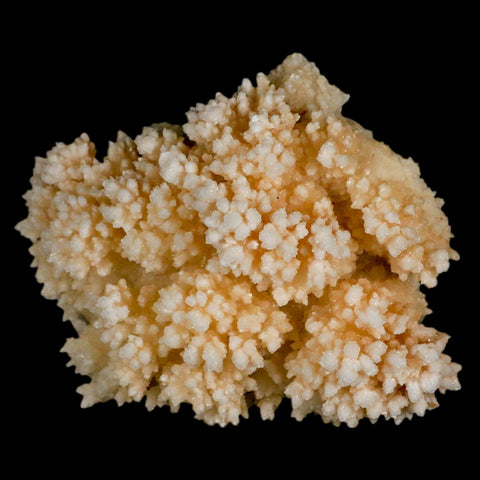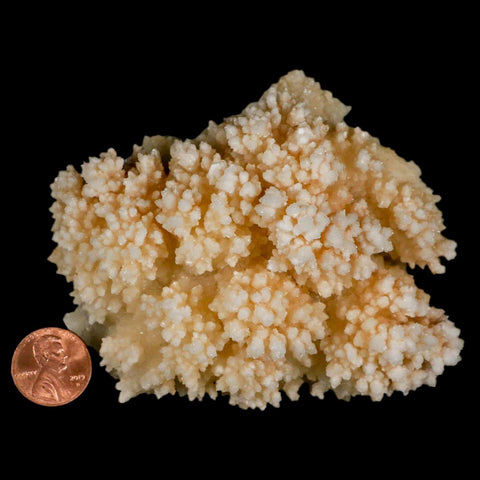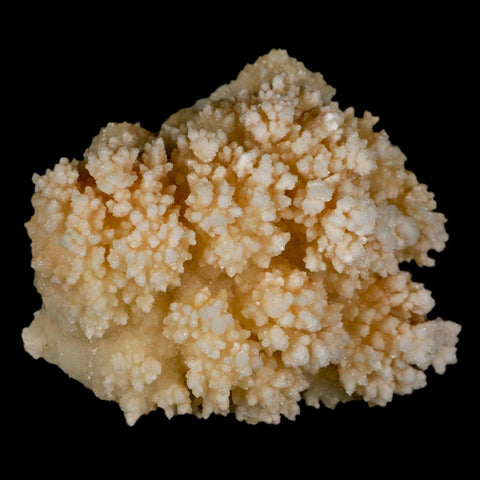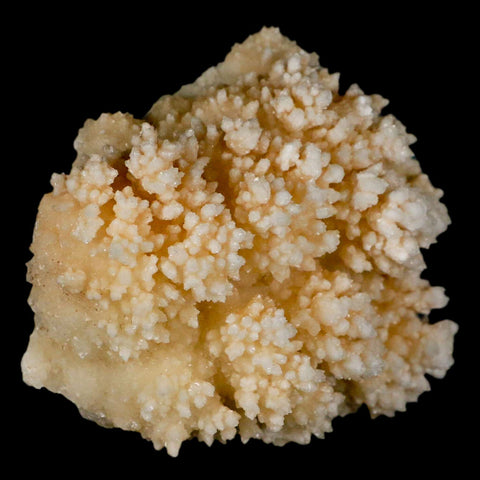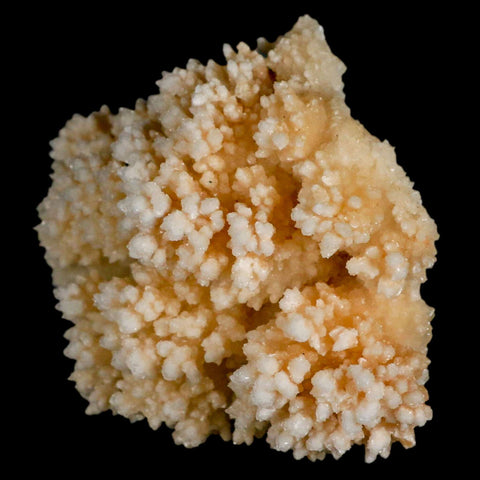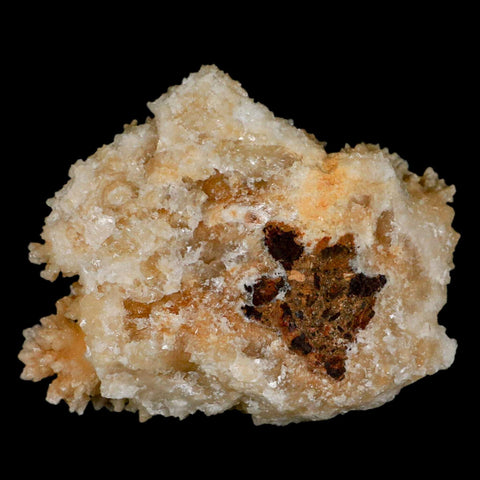3.7" Botryoidal Aragonite Cave Calcite Crystal Cluster Mineral Specimen Morocco
Location: Morocco
Weight: 13.9 Ounces
Dimensions: 3.7 Inches Long, 3.1 Inches Wide, 2.2 Inches Wide
The item pictured is the item you will receive
Without Aragonite, many of Earth’s organisms could not exist. This is a mineral most invertebrate organisms use to construct their shells and hard parts. So if you have ever admired a colorful seashell, you have already paid tribute to the range of colors Aragonite comes in and indirectly to the ease with which Aragonite forms at the Earth’s surface.
Aragonite and calcite are like mineral twins—same chemical makeup but just a little different in their crystal style. They often hang out together, and honestly, only a hardcore geologist really cares to tell them apart. Nowadays, calcite is the more chill and common sibling in our oceans, but back in Earth’s day, aragonite used to steal the spotlight. These two minerals are so much alike that spotting their differences is almost like a fun geology guessing game!
Calcite is a calcium carbonate mineral with a hardness of 3. It comes in a wide variety of forms and colors and is found on every continent of the world. Calcite makes up the major part of marble and limestone. Yellow Calcite usually occurs in massive rather than crystalline form, and the best specimens come from Mexico.
Calcite derives its name from the Greek word “chalix,” meaning lime. This mineral appears in many colors, such as red, green, orange, yellow, blue, pink, clear, black, and white. As one of the most abundant minerals on Earth, it forms the foundation of limestone and marble and occurs in various shapes across numerous geological settings. Certain types of calcite exhibit blue or red fluorescence under UV light. Historically, calcite has been utilized in cement and mortar, while clear varieties have served in gun sights and polarizing microscopes for geological studies.


